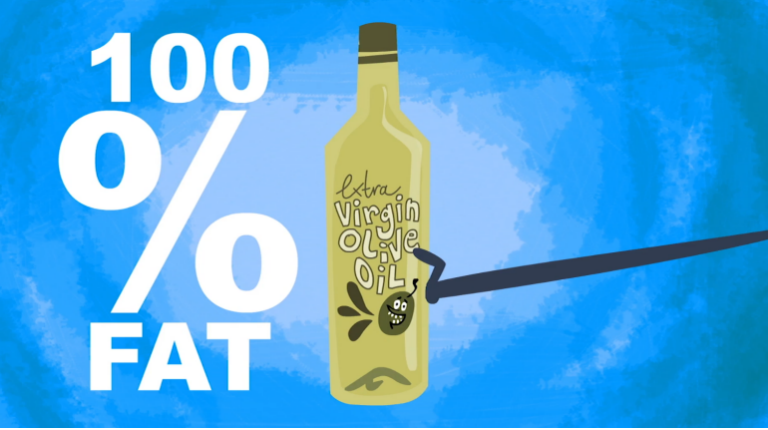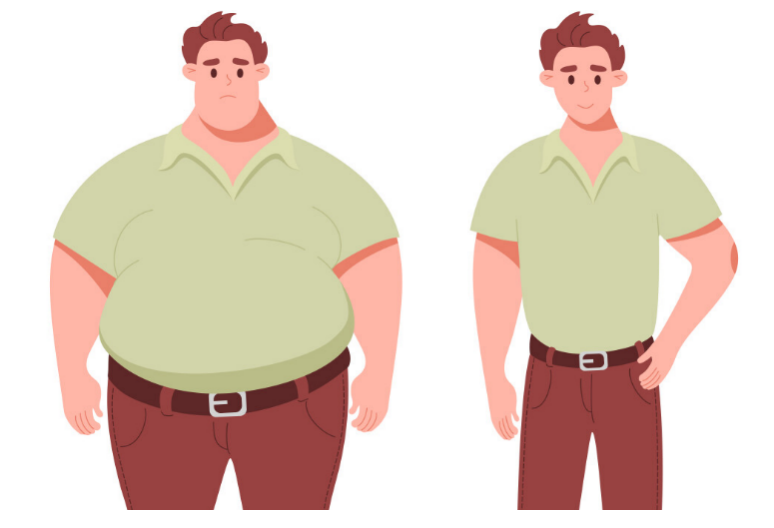Imagine two seemingly disparate things: a bottle of pure olive oil and a box of pancake mix. One is 100% fat, a seemingly overwhelming amount. The other contains only about 11% fat. Logic might suggest the lower-fat option is healthier, yet the reality is starkly different: olive oil is largely considered beneficial, while pancake mix often isn't. This paradox serves as a powerful metaphor, much like judging a book solely by its cover; the real story lies deeper than just the total amount of fat listed on a label. The crucial insight here is that the kind of fat we consume matters far more than the sheer quantity.

So, what exactly is this substance we call fat? If we were to zoom in on it at a molecular level, we would find it's primarily composed of molecules called triglycerides. Think of a triglyceride as a tiny structure with a backbone, called glycerol, attached to three long chains known as fatty acids. It's the subtle variations in these fatty acid chains that dictate whether a fat is solid or liquid, how quickly it might spoil, and, critically, its impact on our health.
Fatty acids primarily differ in their length and, more significantly, in the types of bonds between their carbon atoms. Some chains contain only single bonds, classifying them as saturated fatty acids. Others feature one or more double bonds, categorizing them as unsaturated fatty acids. Generally speaking, most unsaturated fats are considered beneficial for health, while saturated fats, when consumed in excess, are linked to negative health outcomes.
However, the story of unsaturated fats isn't uniform. Those double bonds possess a peculiar rigidity, allowing for two distinct spatial arrangements. Picture a gate that can swing open in two directions. One arrangement, known as CIS, typically occurs naturally in healthy fats like olive oil. The other, the TRANS configuration, is much more notorious. Even though a trans fat molecule might share the same basic components as a beneficial unsaturated fat, its altered shape causes it to behave entirely differently within our bodies. The body doesn't just look at the chemical formula; it interacts with the molecule's three-dimensional structure, where it fits or doesn't fit, and what biological pathways it might disrupt.
Trans fats are often created artificially through a process called partial hydrogenation of unsaturated fats. Manufacturers favor them because they don't easily go rancid, remain stable under high heat like deep frying, and can give foods desirable textures that other fats can't. Yet, despite these conveniences, trans fats are profoundly detrimental to health – arguably even worse than saturated fats. They are the "bad actors" in the fat world, causing disproportionate harm relative to their amount.

Navigating the world of food labels can be tricky. The most reliable way to detect trans fats is to scan the ingredients list for the words "partially hydrogenated". This is a critical piece of consumer wisdom, a key insight into understanding what's truly in your food beyond the often-misleading front-of-package claims. It's worth noting that even if a nutrition label claims "0 grams of trans fat," it might still contain up to half a gram per serving. Since serving sizes aren't strictly regulated or always realistically consumed, consistently checking for "partially hydrogenated" ingredients becomes your best defense.

Ultimately, returning to our initial comparison, olive oil is predominantly healthy unsaturated fat with no trans fat. Pancake mix, however, often contains a significant portion of saturated and trans fats. This perfectly illustrates the core principle: it's not the total percentage of fat that determines healthiness, but the specific types and shapes of the fat molecules. Understanding this molecular distinction empowers us to make wiser dietary choices, focusing on quality over simple quantity, and prioritizing fats that nourish our bodies over those that harm them. This shift in perspective – from fat-avoidance to fat-discrimination – is a powerful tool for anyone seeking a healthier lifestyle.



